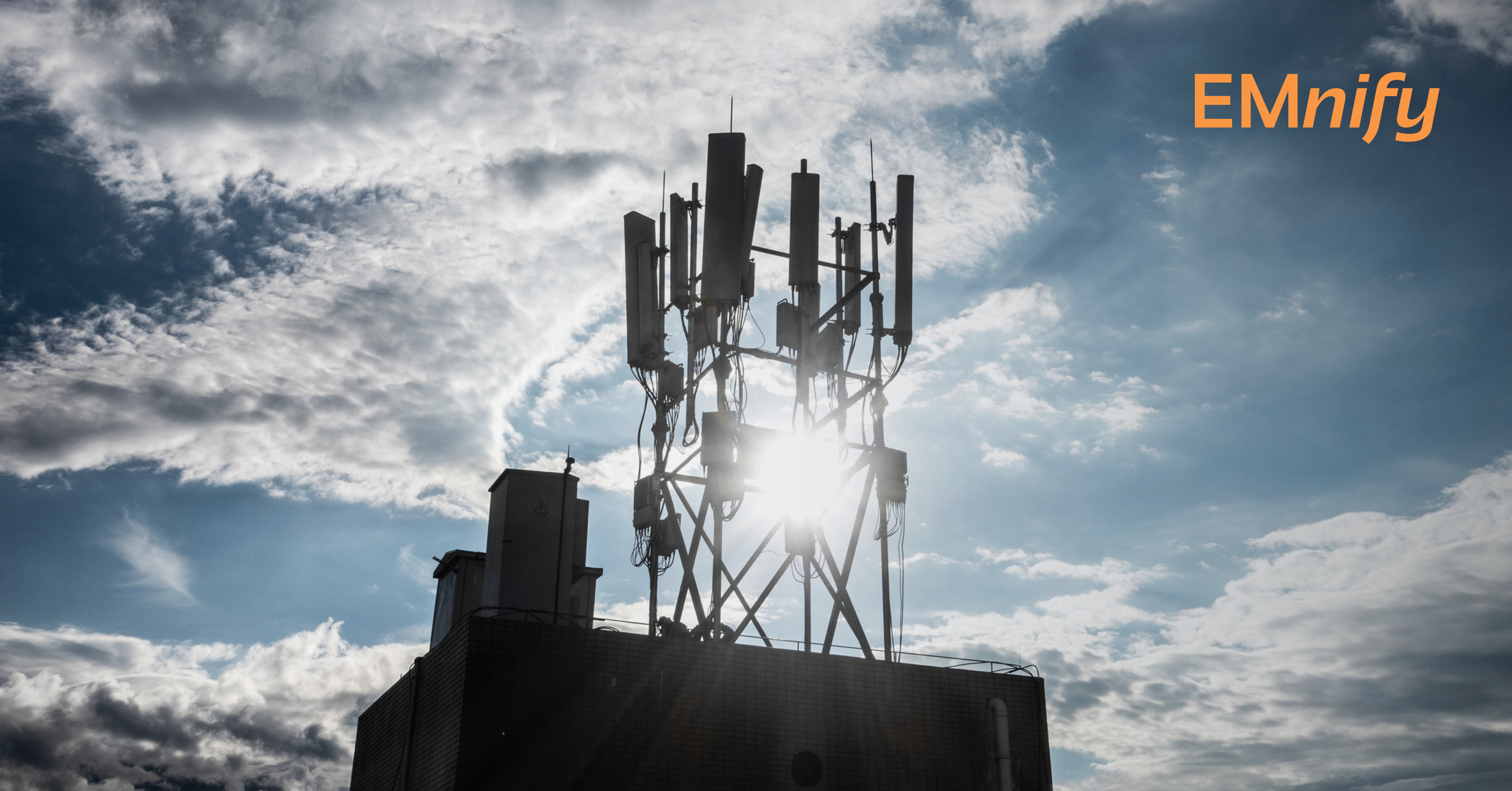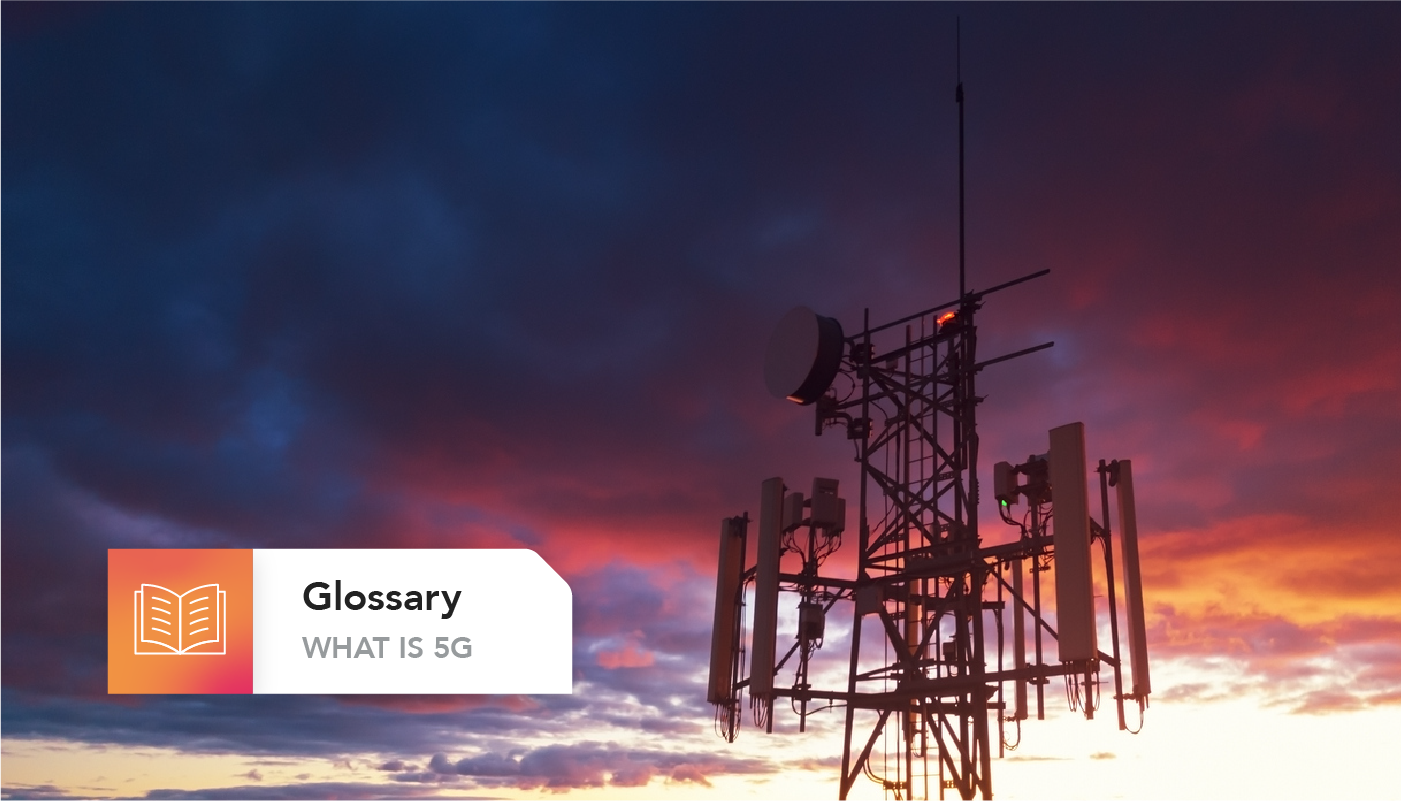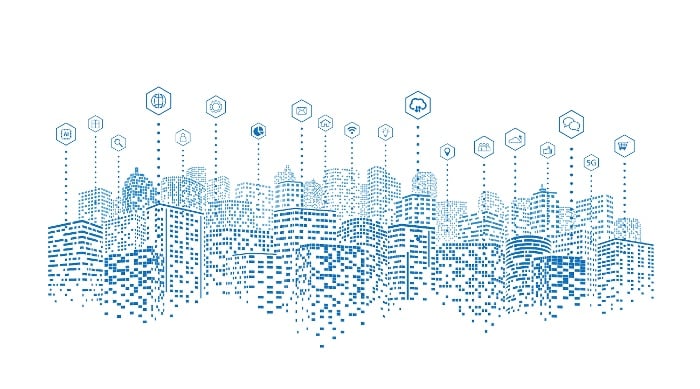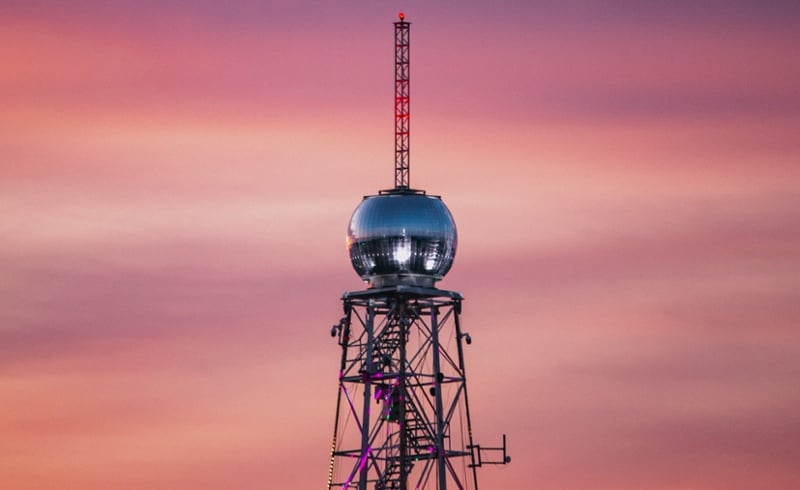

Although 4G / LTE networks are yet to have full global coverage, 5G technology is already advancing. The first 5G radio masts have been installed across multiple countries, ready to supply the world with a new high-speed network. However, what is the difference between 4G vs 5G and can the 5G standard meet its own requirements? To really understand 4G vs 5G we must take a look at the core of 5G and make necessary comparisons with 4G.
4G vs 5G – what can 5G do better?
4G vs. 5G – a comparison that is worthwhile. 5G technology offers several improvements in terms of data rate, coverage and reliability. One of the main reasons for switching to 5G is the increasing number of end devices within the Internet of Things and the resulting increasing hunger for data. According to a study by the Boston Consulting Group (BCG) entitled “A Playbook for accelerating 5G in Europe”, existing 4G networks worldwide will only be able to cope with the increasing data traffic until 2021. Especially in the big metropolises of the world as the data traffic will accumulate strongly. 5G delivers the necessary performance and sets new technical standards. For example, more radio antennas, wider frequency spectra (combinable ranges), lower latencies and higher transmission rates.
5G is significantly faster in direct comparison to its predecessor. You can find out how fast the network really is in the next section. Nevertheless, speed is only one of the advantages of the 5th generation mobile communications revolution. The focus is particularly on the possibility of connecting numerous end devices. The potential number of end devices in a 5G network is significantly higher than in a 4G network and connection and communication is possible in real time. Of course, 4G already supplies numerous end devices with sufficient performance and reliability. However, 4G will never be able to supply the mass of data and devices that 5G can. The 4G network is simply not designed as such.
The industry also has big plans with 5G. The focus is particularly on the networking of all possible “smart” devices and sensors – the “Internet of Things” comes up again here. Many studies assume that more than 50 billion devices will be networked worldwide, and the trend is rising. From the simplified search for a parking space to the “smart trash can”, there are many concepts just waiting. Even more end devices should be networkable per square kilometer. All these facts and scenarios make a connection using 5G technology essential.
4G vs 5G in a speed comparison
What would a new generation of mobile communications be without an extreme increase in performance? The jump from 3G to 4G was already enormous. Today's LTE networks provide 500-1000 Mbit (1 GBit), while 3G ends at a meager 42 Mbit. 5G, on the other hand, will deliver a good 1-3 GBit in the first phase, later it will rise to 10 or 20 GBit. That would correspond to an improvement by a factor of 10 to 20, even when measured against today's fastest LTE networks. From today's perspective, data rates are crazy. Because even an Ultra-HD video stream in the best quality hardly requires more than 30 Mbit per second.
The data rate factor should therefore become somewhat irrelevant for end customers in the medium term, as for now there are noticeable advantages between 2 and 5 GBit. However, this does not mean that this will always be the case. In a few years, 2 GBit will most likely be able to be measured with the smartphone speed test. On average, today’s 4G networks are not as fast as they appear to be on paper. Network tests usually attest an average speed of around 50-80 Mbits. Thanks to 5G, the average data rate should increase further – initially to at least 100-100 Mbit.
The next fundamental innovation is the targeted latency rate, which is still in the range of 10-50 ms for LTE. Fiber optic customers sometimes can have values of 2-5 ms. 5G, however, should even enable latencies below 2 ms, which is the basic requirement for real-time applications such as autonomous driving or augmented reality.
4G vs 5G – The new generation works differently!
The most fundamental innovation is that other or new frequency ranges and far more antennas are used. In the comparison of 4G vs. 5G, 4G is mainly used with bands below 3 GHz. Whereas with 5G, you go much further. In addition to ranges up to 6 GHz, completely new ones will soon be added. With far, far higher frequencies and thus shorter wavelengths and lower ranges. The aim is for bands between 24 and 100 GHz – this is often referred to as the "mmWave" range. Primarily, this means that much more bandwidth is available for the data transfer rate. With LTE, mobile operators have so far used a maximum of 100 MHz per carrier aggregation. With 5G, this value could multiply to over 1000 MHz.
The disadvantage: you need a lot more radio stations for good 5G coverage than with LTE. We at emnify have long since identified this conflict of goals and have therefore specialized in the topic of connectivity regarding 5G networks. Most recently, we announced 5G access for enterprise customers based on emnify’s own direct roaming integration. The result being emnify customers with 5G modems can now roam on Taiwan FarEasTone (FET). What’s more, thanks to our network-agnostic SIM cards, we offer our customers the best possible network across the world.
5G will do much more than just accelerate videos on smartphones. Experts expect a small revolution, especially in the industrial sector. Autonomous vehicles, the Internet of Things, Industry 4.0, and Smart Farming are the most frequently mentioned terms. Thanks to the multi-layer approach, 5G can be designed for all needs equally, whereas LTE was primarily only optimized for performance.
Another feature will be that 5G masts can transmit much more precisely (known as “beamforming”). Instead of broadcasting aimlessly in all directions, one or more users can be targeted, which saves energy and improves the capacity of the radio station enormously.
4G vs 5G – will LTE soon be obsolete?
No! In a direct comparison of 4G vs. 5G, the 5G network will by no means replace the 4G network, but will complement it for years to come. Similar as with the older 3G radio technology, 4G will likely disappear (by 2022) with the introduction of 5G. However, 4G still has a lot of potential. Even with 1000 MBit, the development is not finished yet. We assume that LTE will be expanded even further in the first 5 years after the introduction of 5G. 4G plays an important role, particularly when it comes to supplying regions without fast cable internet or (V) DSL.
5G IoT
One thing is clear - 5G is predestined for the Internet of Things. The technology will prove of crucial importance to all realms of our future. It will uncover new application scenarios only possible with the seemingly endless data volume that 5G offers. The potential is there - it’s up to business, society and communities everywhere to realize that potential.
To learn more about 5G IoT, cellular connectivity and what this technology could do for your IoT solutions, get in touch via the chat box on the bottom right of the screen. Our experts are happy to help!
Get in touch with our IoT experts
Discover how emnify can help you grow your business and talk to one of our IoT consultants today!

Nhu Ho
Nhu has over six years of experience working with networking technologies and IoT connectivity solutions. She’s an avid tech learner with a customer-focused mindset.



